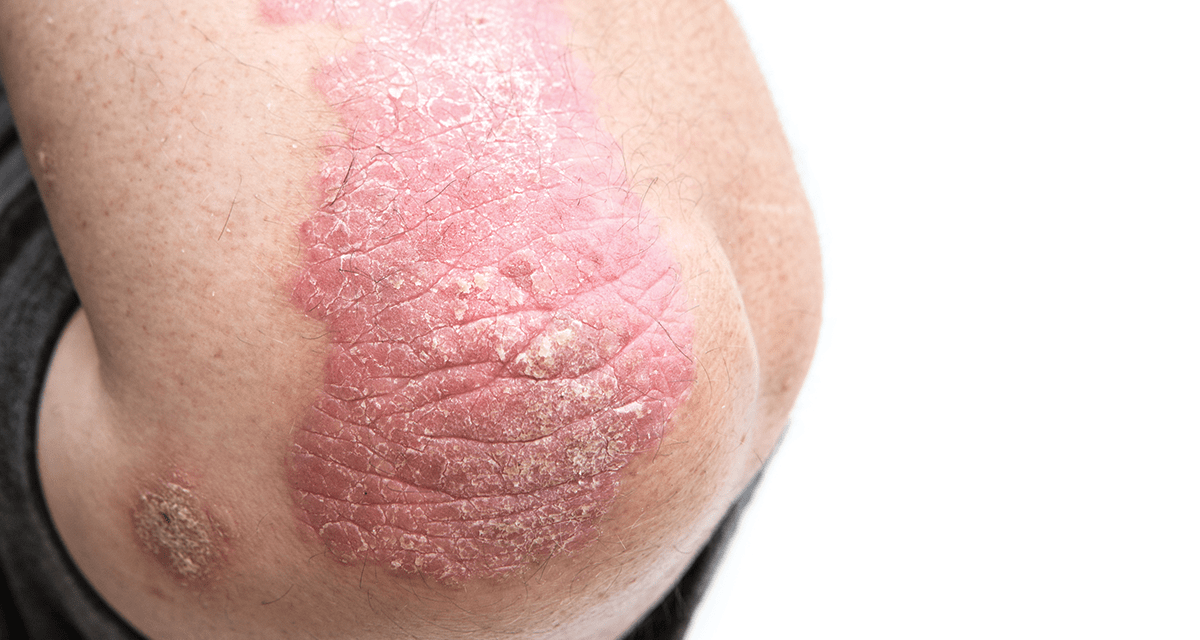Inflammation is the cornerstone of atherosclerosis. Over the past two decades—from the discovery of high-sensitivity C-reactive protein as an inflammatory biomarker of cardiovascular disease to the successful completion of the CANTOS study—we have learned that inflammation plays a critical role in the development and progression of atherosclerotic cardiovascular disease, and that mitigating inflammation reduces cardiovascular risk. With the advent of novel technologies to image cardiovascular disease, fluorodeoxyglucose positron emission tomography/computed tomography (FDG PET/CT) can now be used to assess subclinical atherosclerosis through the evaluation of vascular inflammation in various vascular beds in the body.
With inflammation at the center of its pathophysiology, it is not surprising that psoriasis is associated with increased risk of cardiovascular disease. In 2006, Dr. Joel Gelfand demonstrated that psoriasis, especially severe psoriasis, was associated with significantly increased risk of myocardial infarction. Over the last 10 years, our understanding of the role of chronic inflammation in the propagation of cardiovascular disease in this vulnerable population has significantly enhanced. We now know that psoriasis confers an independent risk for major adverse cardiovascular events (MACE) and culminates in a life span reduction of approximately 5 years.
As novel biological therapies targeting selected pathophysiologic pathways have evolved to treat psoriasis, a large body of observational data, suggests that quelling psoriatic skin inflammation with these biological treatments can also lead to improvements in cardiovascular risk.
Chronic Inflammation in Atherosclerosis
Psoriasis provides an attractive human model to study the role of chronic inflammation in atherosclerosis. Using an imaging technique of FDG PET/CT in psoriasis patients, we have demonstrated that patients with psoriasis have an increased risk of vascular inflammation in the aorta when compared with age- and sex-matched healthy controls. Further, we’ve shown that psoriasis severity is directly associated with the extent of vascular inflammation and that treatment of psoriasis reduces this vascular inflammation. Additionally, it was recently shown that psoriasis is associated with a higher burden of lipid-rich coronary plaque comparable to a 10-years-older, high-risk hyperlipidemic population. Therefore, if the inflammatory hypothesis of atherosclerosis continues to strengthen, one would postulate that the duration of inflammation would associate with cardiovascular risk.
We recently published a study in the Journal of American Academy of Dermatology, “The Relationship Between Duration of Psoriasis, Vascular Inflammation, and Cardiovascular Events,” to address this issue. We used a two-stage study design in which FDG PET/CT scans studied the effect of psoriasis duration on vascular inflammation among 190 patients. In the second stage, we used a nationwide patient registry to identify patients with psoriasis and examine their risk of having MACE when compared with the general population. Psoriasis was associated with an increase in vascular inflammation as psoriasis duration increased. During a mean follow-up of 4.7 years, psoriasis was associated with a 3.9% increased risk of MACE per additional year of disease in unadjusted analysis and with a 1.0% increased risk of MACE when adjusted for traditional cardiovascular risk factors. We also demonstrated that patients with psoriasis for more than 10 years had significantly higher risk during the study’s follow-up period when compared with those who had the condition for less than 10 years (Figure).
As such, rigorous attention is warranted when clinically evaluating patients with psoriasis, with particular focus on disease duration, as well as on presence of traditional cardiovascular risk factors. These efforts underscore the importance of educating patients and families about the cardiovascular risks of psoriasis and that longer durations of psoriasis associate with adverse cardiovascular outcomes.



 PWeekly
PWeekly